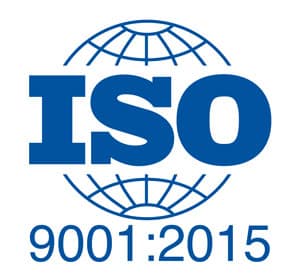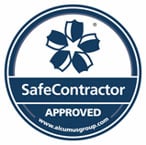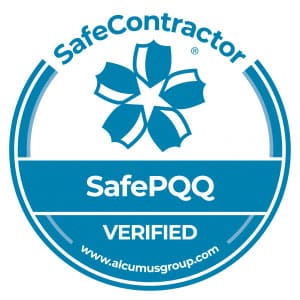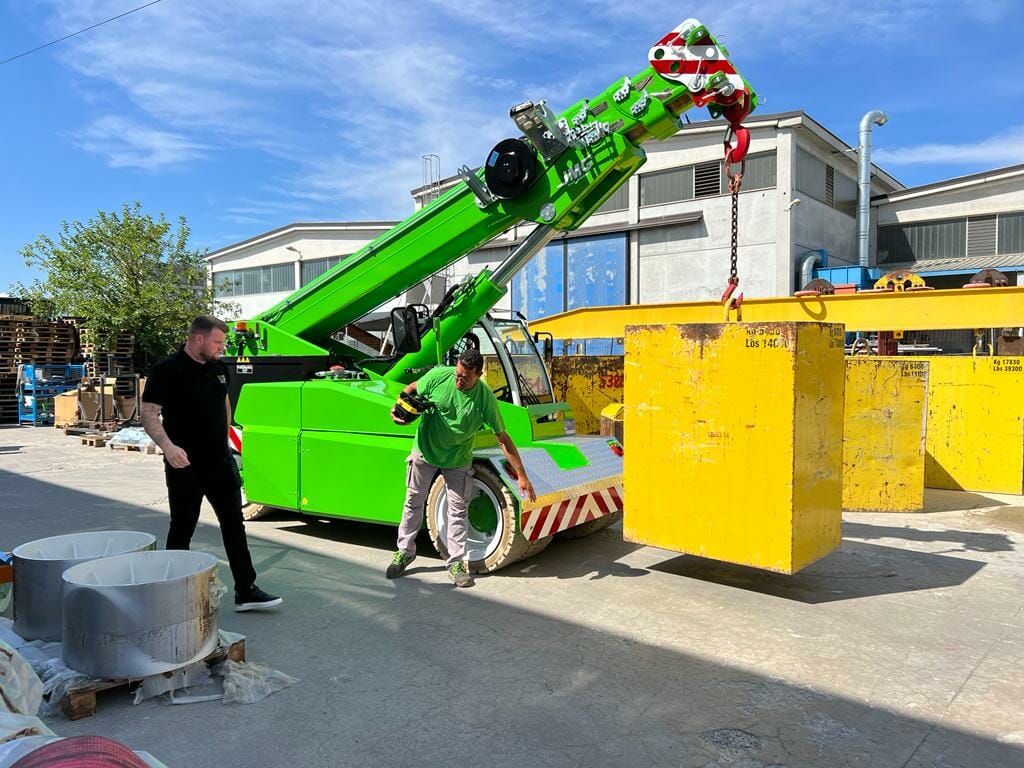
Factory Acceptance Testing (FAT): A Comprehensive Guide
The Factory Acceptance Test (FAT) is a method that evaluates machinery both during and following the assembly process to ensure that it is constructed and functioning in accordance with the specifications of the design. Manufacturers and customers can see that the equipment being tested works as intended and at a high performance level, helping to consistently meet expectations.
As the name implies, the functional testing takes place on premises, in the factory. It is a custom test procedure that applies to different kinds of systems. The tests are conducted before the final installation in the plant.
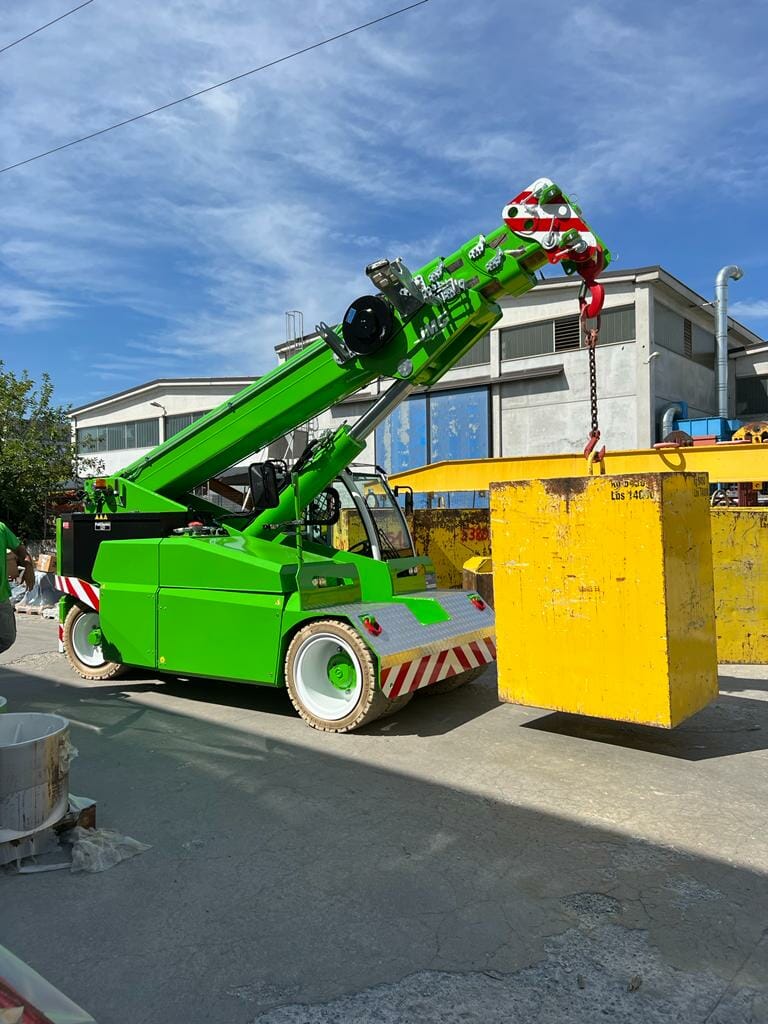
FAT is generally performed to determine any non-conformities or discrepancies and to create an appropriate procedure to determine how these issues will be dealt with. The deviations or irregularities observed during testing are noted in a report of problems and rectified before shipment.
Key engineers should conduct FAT systematically and clearly. A rushed or inadequate FAT may result in unintentional non-conformities which could play havoc on a project's schedule. The FAT isn't a requirement; however, it is recommended to carry out according to the guidelines of IEC 61511.
Why is Factory Acceptance Testing Important?

FAT tests are beneficial not only for the end users but also for the manufacturer. Both parties can rest sure that the equipment will meet all specifications of the contract, and any issues could be resolved before arriving at the customer's site. Ensuring problems are addressed while the system remains in the hand of the manufacturer will help the project stay in line and on budget. FATs usually reduce the time and cost of solving issues on the field.
Factory Acceptance Tests can help you to:
- Get independent proof of functionality, quality, and reliability.
- Check all essential documents, including manuals, instruction plans, sketches pipe as well as instrumentation drawings (P&IDs).
- Ensure that your plant or industrial equipment operates as expected within the testable conditions of probable scenarios, including handling issues and errors.
What is the Factory Acceptance Testing procedure?

The principal goal for the FAT test is to evaluate the system used to ensure safety. The tests are typically conducted during the final engineering and design phase before machinery installation. It is a custom method of testing that all systems are following the relevant safety guidelines.
The FAT provides specific general testing methods to ensure the correct functioning of the security instrumented device. Because the tests are broad, the FAT can be applied to safety instruments that are programmable and non-programmable systems. The central aspect of the FAT is the specifications of test cases, i.e., an explicit description of the test scenarios, organised testing procedures, and appropriate test scenarios.
It's crucial to understand that there are different types of FAT. They can be carried out on a basic level, like setting up the system's primary components using temporary wiring and ensuring everything works as required.
A more extensive FAT could be performed by a manufacturer who builds the entire system at their facility to thoroughly test it. In this scenario, the system is dismantled, taken to the customer's site, and then put back together.
FATs are usually performed in the workshop of the manufacturer. The manufacturer ensures the safety instrumented system functions as it should and following the specifications set out in the safety system.
During the FAT, the manufacturer will check:
- The equipment used is set up following the specifications of the manufacturer.
- The inputs and outputs are connected as per the drawings.
- The calibrations of the equipment are accurate.
- The points of departure operate as per the specifications within the SRS.
- The associated software operates according to the specifications in the SRS. The outputs and actions of the software are in line with the SRS.
- The reset functions, alarms, bypass functions, manual shutdown features, diagnostic alarms all work per the SRS.
The FAT exposes weaknesses in the engineering and design phases. To verify the new modifications, engineers must test the safety-indicated system again.
Key Factors to be Aware of When Conducting Factory Acceptance Testing
Always prepare a thorough test plan
The FAT is an opportunity to discover any issues or malfunctions and determine reliability, test efficiency, and how the machine can handle any eventuality of failures. The test plan must be prepared and sent to the supplier in the Request for Quote (RFQ). The device won't function according to the specifications if they aren't defined, nor will the performance be assessed appropriately.
It is essential to clearly define in the contract all the obligations, responsibilities, and deliverables in a quantifiable way. This makes it simpler for everyone involved by removing the possibility of second-guessing. Indicate how long the machine needs to be dried-cycled for; 24 hours minimum is suggested. Indicate how many packages must be made, at what rate, and provide disposal plans for the finished packages.
Even though you'll have to pay to purchase the FAT, many equipment providers will agree that every subsequent test will be free if the machine fails. A thorough test plan can help ensure you don't undercut the FAT.
Use the appropriate tools
When conducting the test, make use of the substances used in operation during production so your test is valid and reliable.
Wildcard testing equipment
You may extend the test system by using non-compliant materials and procedures to better understand the operational flexibility, however, the most crucial results will come from the materials you use in your test.
Engage technicians and operators
Concentrate on the key project people who will ultimately be accountable for operating the machines and that "own the line." The engineers aren't enough; the individuals who operate the machines daily are competent to observe beyond the specifications and identify problems or defects before the delivery.
In addition, an ownership component is essential because the most advanced technology being introduced into a facility will not perform if the workers aren't confident in it or don't trust the technology. The production staff should be involved early on in the process is among the most crucial aspects of designing new equipment.
Training opportunities
If training is offered in the context of FAT, be sure the trainees are running on the lines, not engineers. Learn and train those who are qualified.
Adhere to a thorough "failure script."
Create a list of any errors you've had to deal with or may encounter in your production, along with the expected results. Utilise this checklist to thoroughly examine the machine's performance in the FAT.
Machines have a built-in backup curve, which is all about early failures. Running even when it is dry is crucial as you can detect electronic malfunctions, leaks, and many more and make the necessary modifications to engineering. Changes made during this stage of FAT are usually the most affordable, and you often do not even have to pay for them.
Test replacement of parts and changeover procedures
Check how long it takes to replace standard wear components. Find out how to eliminate defective parts and record the procedure in a simple format like a One Point Lesson (OPL). With your technicians and the personnel at FAT, learn switching and start-up/shutdown procedures.
Find out where users are experiencing issues and ask for their input and suggestions. Utilise the opportunity to alter the equipment, standardise processes, and create documents using an OPL format.
Prioritise safety
Review all equipment and equipment from a safety standpoint. Be aware of areas that aren't guarded as well as pinch points. Carefully, run your fingers across the machine in search of edge sharpness and scratches. Examine to ensure that the limit switches and emergency stops are in good working order, durable, and properly located. Check for defects in all safety elements built in.
Make sure you take your time
Be patient on the FAT, especially with high-end, customised equipment. There's no use in spending millions on expensive machinery, only to conduct an inadequate FAT. Don't be worried about the comparatively small costs.
Specific tests will be more challenging than other tests. For instance, testing with high speed can be complex because of the vast amount of products required to perform the test. Don't sacrifice quality manufacturing testing to achieve a deadline for shipping. The result is paying the price of this through more time-consuming start-ups and lower production at the factory.
Find a good integrator
Finding a good integrator is crucial. Connect to other equipment providers and test the equipment together. Sometimes it's worth the cost to connect everything to the floor of the integrator. It's costly; however, it saves money in the end.
Ensure you get all peripheral equipment on the same floor as soon as possible. Do as many tests as possible. There's no such thing as over-testing a machines performance and reliability.
Be aware of the differences between a Site and Factory Acceptance Test.
One of the significant problems with the FAT having to accurately simulate the way the machine operates under actual factory conditions and workload. That's the primary purpose behind the Site Acceptance Test (SAT).
When you are assembling machinery, it might be difficult or even impossible to replicate the volume of production as well as the environmental conditions for your product, particularly for good stretch of time. This is particularly true when the product will be packaged at a particular temperature or has a specific regularity or speed when it comes out of production. Many hours, effort, and resources have been spent trying to fix "failures" in the machine factory and then discovering that the machinery functions flawlessly once in the production area of the customer's plant.
The function of the FAT is to confirm the functionality of the machinery works as intended. After accepting a FAT, you'll be looking for the following:
Full FAT protocol.
- User's manuals and maintenance guides
- Training materials that are easy to use (OPLs videos, OPLs.)
- Standard work procedures
- Standard maintenance procedures
- The recommended list of spare parts
- Certificates of conformity
- Technical drawings as-built (electrical pneumatic, mechanical, and process designs)
- Datasheets and materials certificates
- Main equipment data sheets
- Certificates of calibration for instruments
- Welding processes qualifications
FAT Testing: How to Conduct a Factory Acceptance Test

Before beginning the FAT, the manufacturer must provide the FAT process to the customer for approval and review. The process should comprise testing as many functions as possible in the factory. Pass/fail criteria and any other desired results should be provided for every test item.
After the manufacturer has approved the procedure, the company should examine the equipment before the FAT starts. This "pre-test" will confirm that the steriliser is set up with the appropriate options to guarantee a smoother FAT and reduce downtime during FAT.
Step 1: Key Preparations (Pre-FAT):
Planning is essential for a smooth FAT. The plan provides a list of appropriate tests and who will be responsible for developing tests. The proper levels of competence and the independence of assessors are essential. The test's execution must be explained, as should the individuals responsible for carrying the test.
The procedure for carrying out the FAT should be specified and documented clearly. Each test process should be explained in a sequential sequence, i.e., how to test the hardware and software. The necessary skills required by testers are defined in the process of planning. It is suggested that test individuals with relevant experience are selected for the intended application of the process, and safety instruments are used to deal with the FAT plan.
The tests that are part of FAT procedures should be heavily based on the performance requirements set out within the Functional Requirements Document (FRD) drafted by project teams at a very early stage during the project's planning phase. The FRD should serve as the primary source of discussion while interviewing potential system integrators. Including it in the contract/purchase order bundle is also recommended. This means that the requirements must be widely recognised and understood before creating the actual FAT protocol.
The dealer/system integrator should create and submit a FAT-related procedure before the FAT. The process must be approved and reviewed by the project manager/owner of the system. It should include testing as many functionalities as possible in the factory and testing all interfaces between the equipment and systems. When feasible, the test procedure should be able to show the pass/fail requirements or the desired outcome for each piece of equipment. The dealer must also supply an outline of the FAT at all times and the sequence of testing.
The dealer must design the test facility that could be efficiently used for the FAT tests, including tested equipment calibrated for calibration and any other test equipment specially designed for the purpose.
- The dealer must create an information set of documents that could aid in the testing process and be used as a reference to the test results, such as:
- Specifications for contracts and copies of any references cited within the specifications.
- The project's entire drawings include drawings that are received from other vendors, which describe interfaces.
- Complete test checklist that includes requirements for passing and failing.
- The dealer must test the system before FAT. If they fail to do so, it can cause a waste of time during FAT and possibly a longer delay of FAT while repairs are made.
- If the system being considered is big enough to have an impact on the facility of the owner or layout of the laboratory, or if there are any concerns about moving the system to the facility of the owner, it is strongly suggested that the person in charge of the physical plant/facility be invited to FAT.
- Before FAT, all designs must be approved in full. This is to eliminate the technical ambiguity of the FAT and avoid disagreements over work following ongoing FAT.
Step 2: Process carried out during FAT
- Examine the specification line-by-line while examining the drawings or equipment to ensure conformity with the specification and any changes orders.
- Inspect the work closely
- Check for any issues encountered during the installation or use of the machinery, such as lifting points, safety points, access to the components to perform maintenance, etc.
- Test the equipment according to the procedure approved by the dealer - these should include functionality tests and regulatory testing. Ad-hoc testing could be required to determine any significant non-conformities discovered by testing.
- Be aware of the firmware and software versions on the test equipment.
Factory Acceptance Test Result
Each test case of the FAT should be documented in the document and whether the tests' criteria and objectives are fulfilled. The failures that were exposed during tests are recorded and the reasons for failures are documented, accompanied by steps to rectify the issues. Suppose there are any modifications to the safety instrumented systems. In that case, it is imperative to analyse security to determine if protection is affected and whether re-testing is required.
Step 3: The process is completed following Factory Acceptance Testing
- Review of documentation
- Verify the vendor's schedule and ensure that the dealer has completed all paperwork.
Advantages of Factory Acceptance Testing
- Customers get a chance to see the machinery in action before it is shipped.
- The manufacturer may offer basic hands-on training for the client, giving the operating personnel greater confidence when operating the machine for the very first time within real-world settings.
- Fantastic opportunity to review the cost of materials, check the necessary and suggested spare components and also review the maintenance procedures and equipment restrictions.
- Thorough FAT documentation can be used as a template for the Installation Qualification portion of the validated process/installation.
- Based on the findings that the FAT has produced, the parties can come up with a punch list of other things that must be taken care of before shipping.
At VIG, we ensure that FAT is conducted on all of our equipment before it is shipped to us. This way, we can ensure that all assets we acquire will help us deliver our machinery moving, relocation, and installation projects to the high standard we have set. FAT also helps to maintain relationships with suppliers, building trust and networks.


